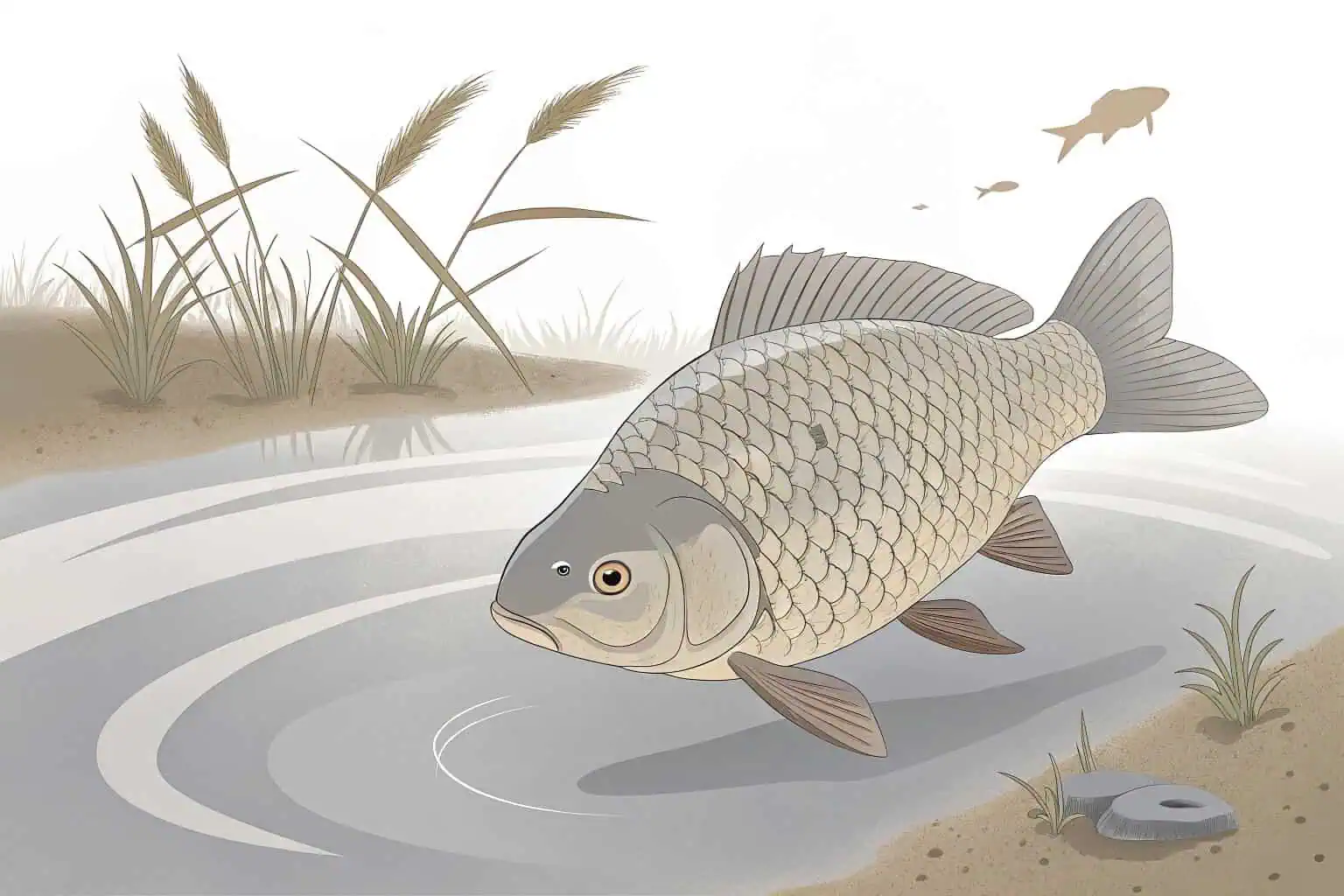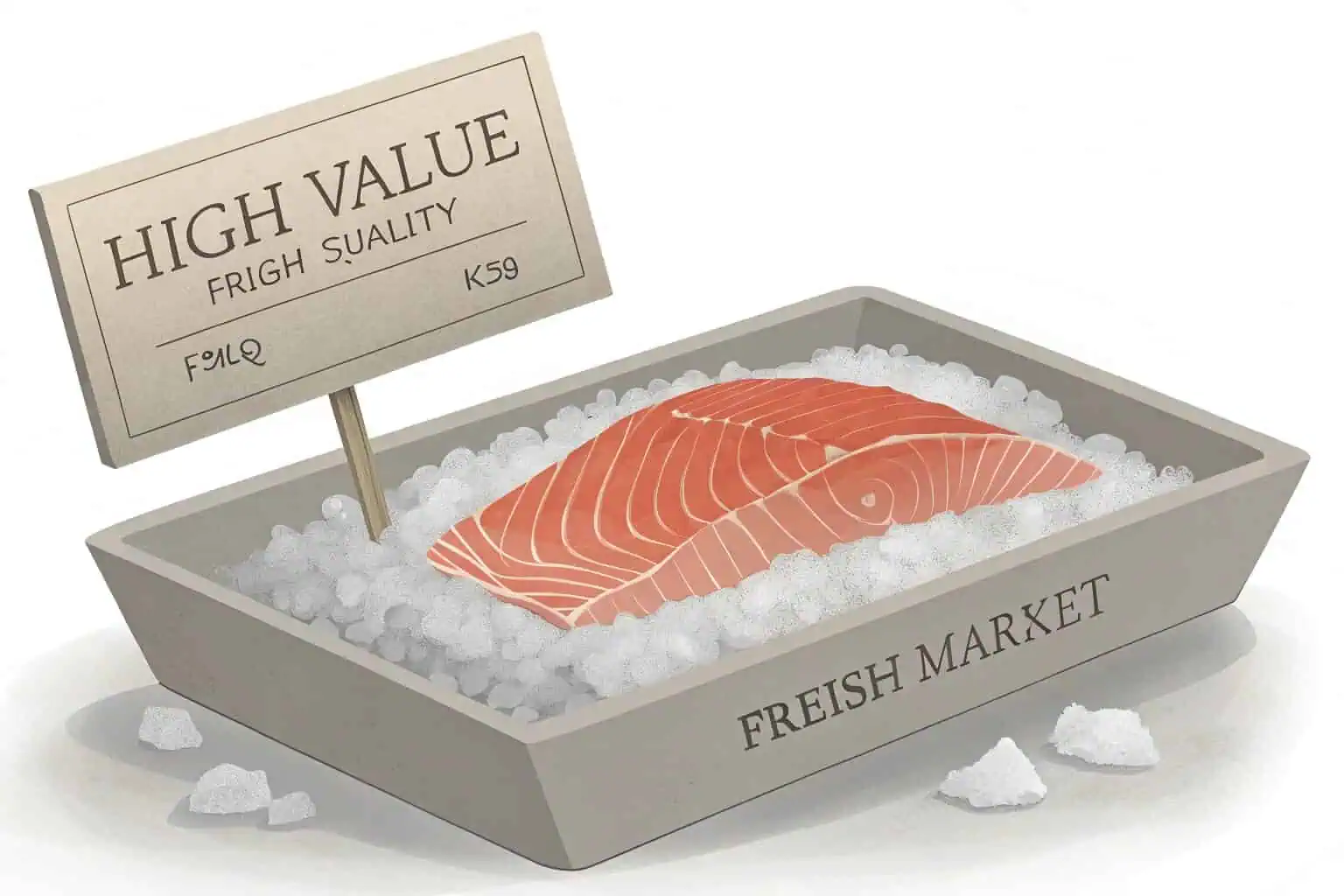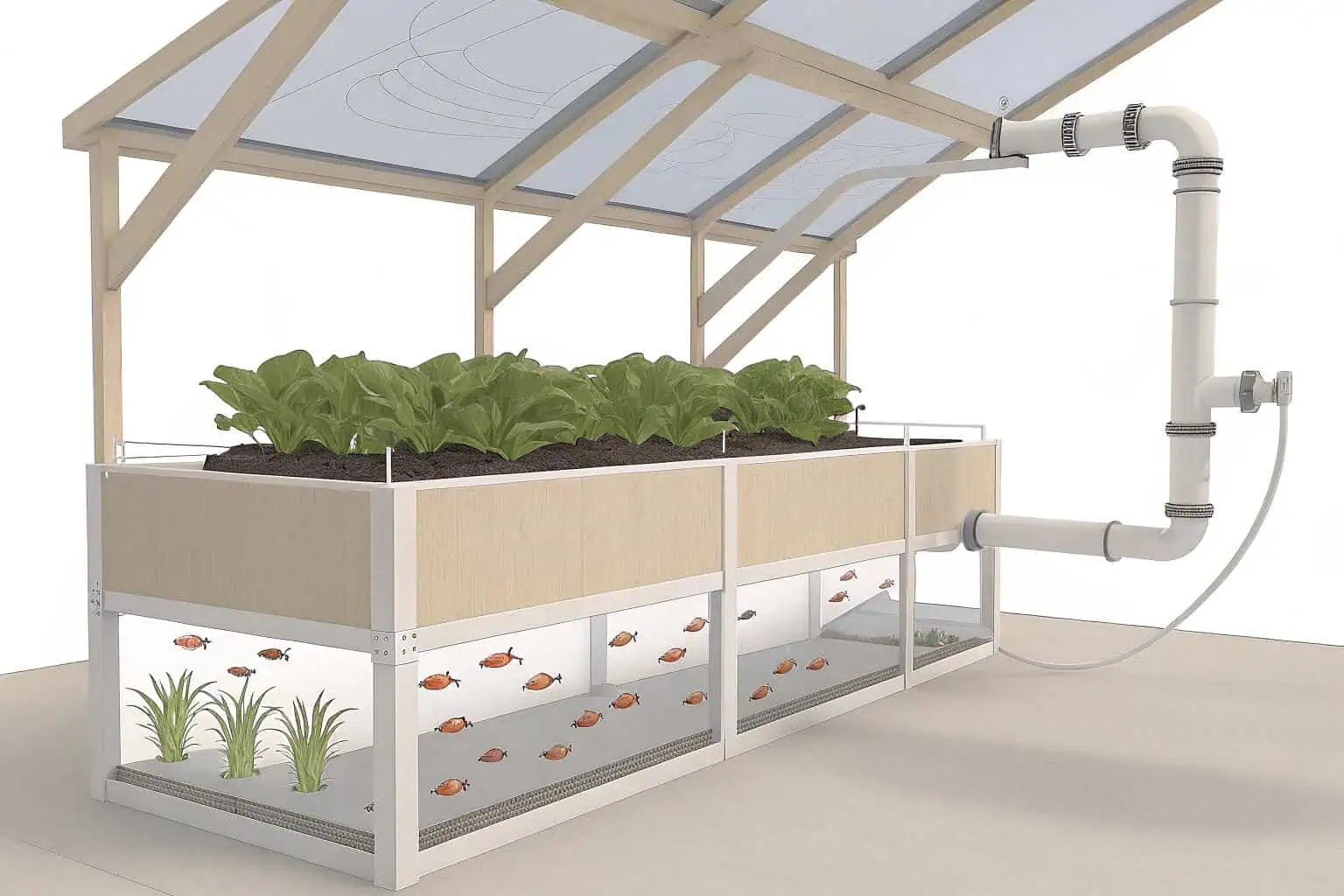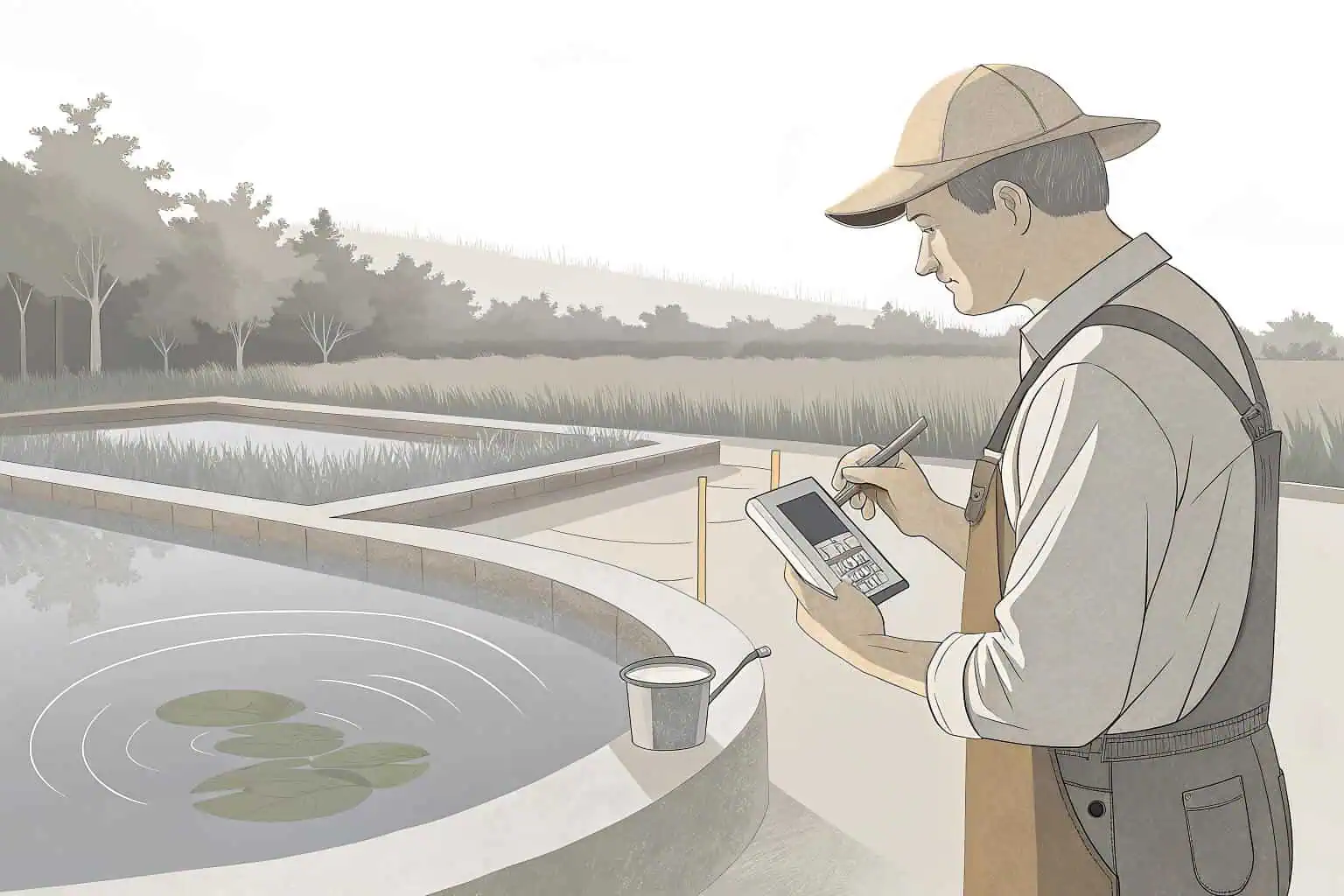What kind of fish should I grow for small-scale fish farming?
Are you thinking about starting a small fish farm but feel lost in a sea of choices? It's a common problem. Making the wrong choice can cost you time and money, leaving you frustrated.
The best fish for you depends on your goals. For beginners looking for an easy start, Tilapia is a top choice due to its hardiness. If profit is your main driver, Salmon or Shrimp offer high returns, though they require more skill. For eco-friendly aquaponics, Tilapia and Perch work perfectly.

Choosing the right fish is the first and most important step on your fish farming journey. It sets the stage for everything that follows, from the equipment you'll need to the profits you can expect. Let's break down the options to find the perfect fit for your farm.
Which fish is easiest to farm?
Worried that fish farming is too complicated? Many beginners feel overwhelmed by the technical details. This fear can stop you from starting a rewarding and profitable venture.
For ease of farming, you can't go wrong with Tilapia or Catfish. Both are incredibly resilient, grow quickly, and don't require expensive, specialized care. They are the ideal species to help you learn the ropes and build your confidence as a new fish farmer.

When I first started exploring fish farming, I saw many people succeed by starting simple. The key is to choose a fish that forgives common beginner mistakes. This allows you to gain practical experience without facing major setbacks. Tilapia and Catfish are perfect for this. They are not just fish; they are your teachers in the world of aquaculture. Let's look closer at why these two are consistently recommended for those new to the field.
Why is Tilapia a beginner's best friend?
I believe Tilapia is the ultimate starter fish. Its biggest advantage is its incredible tolerance. It can handle a wide range of water temperatures and quality, which is a huge relief when you're still learning to manage a pond or tank. They are not picky eaters and will happily consume a simple, affordable diet of pellets and even algae. This keeps your operational costs low1. Furthermore, they grow incredibly fast, meaning you can see the results of your work and get your product to market much sooner than with other species. This quick turnaround is not only motivating but also helps with cash flow.
What makes Catfish a solid choice?
Catfish are another excellent option I often recommend. They are famous for their hardiness. These fish can survive in conditions that would be stressful for many other species, including water with lower oxygen levels. Like Tilapia, their diet is simple, and they are efficient at converting feed into body weight. This efficiency is a key factor in profitable farming2. I've noticed that Catfish are also less prone to diseases compared to more sensitive fish, which reduces the need for costly treatments and the risk of losing your stock. Their calm nature also makes them easy to handle during harvesting.
Comparing the Top Choices for Beginners
To help you decide, I've put together a simple table comparing these two hardy species.
| Feature | Tilapia | Catfish |
|---|---|---|
| Water Tolerance3 | Very High | High |
| Diet | Simple (Omnivore) | Simple (Omnivore) |
| Growth Rate | Fast | Fast |
| Disease Resistance4 | Good | Very Good |
| Ideal for5 | Tanks & Ponds | Ponds |
What is the most profitable fish to farm?
Are you aiming to turn your fish farm into a serious source of income? It's frustrating to invest your effort and see only small returns. The secret to high profits lies in choosing a species with strong market demand and a high price point.
If profit is your primary goal, Salmon and Shrimp are the most lucrative options. Both command high prices in the market due to strong consumer demand. While they require a larger initial investment and more advanced farming techniques, the potential for high returns is unmatched.

From my experience in the industry, I've seen that moving into high-value species6 is a game-changer for commercial farmers. It's a step up in terms of complexity and risk, but the financial rewards can be substantial. This path isn't for everyone, as it demands careful management of water quality, temperature, and disease. However, for those with an entrepreneurial spirit and a willingness to invest in the right technology and knowledge, farming Salmon or Shrimp can be an incredibly successful business venture.
The high reward of Salmon farming?
I find Salmon farming to be a fascinating challenge. The market for salmon is huge, driven by its reputation as a healthy, omega-3-rich food7. This keeps prices consistently high. However, salmon are sensitive fish. They require cold, clean, and highly oxygenated water, which often means investing in expensive cooling and filtration systems. Disease management is also critical, as they can be susceptible to issues like sea lice. Success in salmon farming requires precision and constant monitoring, but for those who master it, the profit margins are among the best in aquaculture.
Is Shrimp farming your golden ticket?
Shrimp is another high-value product I've watched with interest. The global demand for shrimp is enormous, and they have a very fast growth cycle, allowing for multiple harvests per year. This quick turnover can lead to a rapid return on investment. The main challenge I see in shrimp farming is the risk of disease. Viral outbreaks can spread quickly in shrimp ponds and can wipe out an entire crop. Therefore, biosecurity8 and careful water management are absolutely essential. Farmers who can maintain a healthy environment for their shrimp often find it to be an extremely profitable enterprise.
Comparing the High-Profit Options
Here’s a look at how these two profitable species stack up against each other.
| Feature | Salmon | Shrimp |
|---|---|---|
| Market Price9 | Very High | High |
| Farming Difficulty10 | High | High |
| Initial Cost | High | Medium-High |
| Time to Market11 | 1-2 Years | 3-6 Months |
| Key Challenge | Water Temperature | Disease Risk |
What are the best fish for small aquaponic systems?
Are you drawn to the sustainability of aquaponics but unsure which fish will work best? Choosing the wrong fish can disrupt the delicate balance of your system, leading to poor growth for both your fish and your plants.
For small aquaponic systems, Tilapia and Perch are the best choices. They are hardy enough to thrive in tank environments and produce the right amount of waste to effectively fertilize your plants, creating a perfectly balanced and productive ecosystem.

I am a huge advocate for aquaponics because it represents a sustainable and efficient way to grow food. The magic of these systems lies in the symbiotic relationship between fish and plants. The fish provide natural fertilizer, and the plants clean the water for the fish. But this perfect loop only works if you have the right fish. The ideal aquaponics fish needs to be resilient and a steady producer of waste nutrients. Let's explore why Tilapia and Perch are the go-to species for aquaponic gardeners and farmers.
Tilapia in aquaponics: a perfect match?
I believe Tilapia is almost perfectly designed for aquaponics. They are incredibly tough and can handle fluctuations in water parameters like pH and ammonia better than most fish. This resilience is a lifesaver, especially when you are fine-tuning your system. They grow fast in the warm water typical of indoor aquaponic setups and have a simple diet. Most importantly, their waste is rich in the nutrients that leafy greens and fruiting plants need12 to flourish. This makes them the engine of a highly productive system.
Why consider Perch for your system?
Perch is another excellent choice that I recommend, especially for those in cooler climates or those who want to grow a different type of fish. They are also quite hardy and adapt well to life in a tank. While they may grow a bit slower than Tilapia, they are still efficient converters of feed13. I've noticed that Perch are a great option for systems where the water temperature might not be high enough for Tilapia. They also have good market value as a food fish, which adds another layer of potential income to your aquaponics venture.
Comparing Top Choices for Aquaponics
Let's compare these two aquaponic-friendly fish.
| Feature | Tilapia | Perch |
|---|---|---|
| Hardiness | Very High | High |
| Ideal Temperature | Warm Water | Cool Water |
| Waste Output14 | High | Medium |
| Growth Rate15 | Fast | Moderate |
| Plant Compatibility16 | Excellent | Very Good |
Which fish is suitable for fish farming?
Feeling stuck trying to find that one "perfect" fish to farm? The truth is, there's no single answer. Choosing a fish without considering your specific situation is a recipe for disappointment and wasted resources.
The most suitable fish for your farm is one that matches your climate, your resources, and your target market. Success comes from aligning your choice of species with your unique conditions and business goals, rather than searching for a one-size-fits-all solution.

In my journey, I've learned that successful fish farming is all about making smart, informed decisions. The fundamental choice of which fish to raise is a strategic one. It's not just about the fish itself, but about how that fish fits into the larger picture of your farm. You need to think like a business owner and an ecologist at the same time. Let's break down the key factors you must consider to ensure you select a species that is truly suitable for you.
Matching fish to your climate and resources?
First, I always advise looking at your local environment. What is your climate like? A fish like Tilapia thrives in warm water, while Salmon or Trout17 need cold water. Trying to fight your natural climate will lead to high energy bills for heating or cooling. You also need to assess your resources. Do you have access to a lot of land for ponds, or are you limited to a smaller space suitable for tanks? Do you have access to a reliable source of clean water? The answers to these questions will immediately narrow down your options and point you toward fish that can thrive with what you have.
Understanding your market before you start?
Next, you must think like a salesperson. Before you raise a single fish, you need to know who will buy it. I've seen many farmers fail because they raised a fish that nobody in their local area wanted to eat. Do some research. What kind of fish do local restaurants and markets18 sell? What is the going price? Is there an unmet demand you can fill? Choosing a fish with a ready and waiting market is one of the smartest things you can do to ensure your farm is profitable from day one.
A Decision-Making Guide
To bring it all together, here is a guide to help you think through your options.
| Fish | Best for Beginners | Highest Profit | Best for Aquaponics | Key Consideration |
|---|---|---|---|---|
| Tilapia19 | Yes | No | Yes | Needs warm water |
| Catfish20 | Yes | No | No | Best in ponds |
| Salmon21 | No | Yes | No | Needs cold, clean water |
| Shrimp | No | Yes | No | High disease risk |
Conclusion
Choosing the right fish is your first step to success. Match the species to your goals, resources, and market, and you are on your way to a thriving farm.
-
Learn effective strategies to minimize costs in fish farming, ensuring a profitable and sustainable operation. ↩
-
Learn strategies for profitable farming in aquaculture, focusing on efficient feed conversion and species selection for better yields. ↩
-
Understanding water tolerance is crucial for successful aquaculture. Explore this link to learn more about optimal conditions for these fish. ↩
-
Disease resistance is vital for fish health. Discover more about how these species handle diseases effectively. ↩
-
Knowing the ideal environments for these fish can enhance your aquaculture success. Check out this resource for detailed insights. ↩
-
Understanding high-value species can help farmers make informed decisions for better profitability and sustainability in their ventures. ↩
-
Exploring the health benefits of omega-3-rich foods can enhance your understanding of why salmon is so valued in the market. ↩
-
Learning about biosecurity measures is crucial for preventing disease outbreaks and ensuring a healthy shrimp farming environment. ↩
-
Understanding market price factors can help you make informed decisions in seafood investments. ↩
-
Exploring farming challenges can provide insights into the complexities of aquaculture and improve your farming strategies. ↩
-
Learning about time to market can help you optimize your production schedules and enhance profitability in seafood farming. ↩
-
Learn about the essential nutrients for plant growth in aquaponics and how fish waste contributes to this process. ↩
-
Discover which fish species are the best feed converters to maximize your aquaponics system's productivity and profitability. ↩
-
Understanding waste output is crucial for maintaining a healthy aquatic environment. Explore this link for detailed insights. ↩
-
Knowing the growth rates helps in planning aquaculture effectively. Check this resource for comprehensive comparisons. ↩
-
Plant compatibility is vital for a balanced ecosystem. Discover more about this topic through the provided link. ↩
-
Discover essential tips for raising Salmon or Trout, including their specific habitat needs and care requirements for optimal growth. ↩
-
Understanding the fish preferences of local restaurants and markets can help you choose the right species to raise for profitability. ↩
-
Explore the advantages of Tilapia farming, especially for beginners and aquaponics enthusiasts. ↩
-
Learn why Catfish is ideal for pond environments and how it can benefit your aquaculture efforts. ↩
-
Understand the specific requirements and challenges of Salmon farming to make informed decisions. ↩